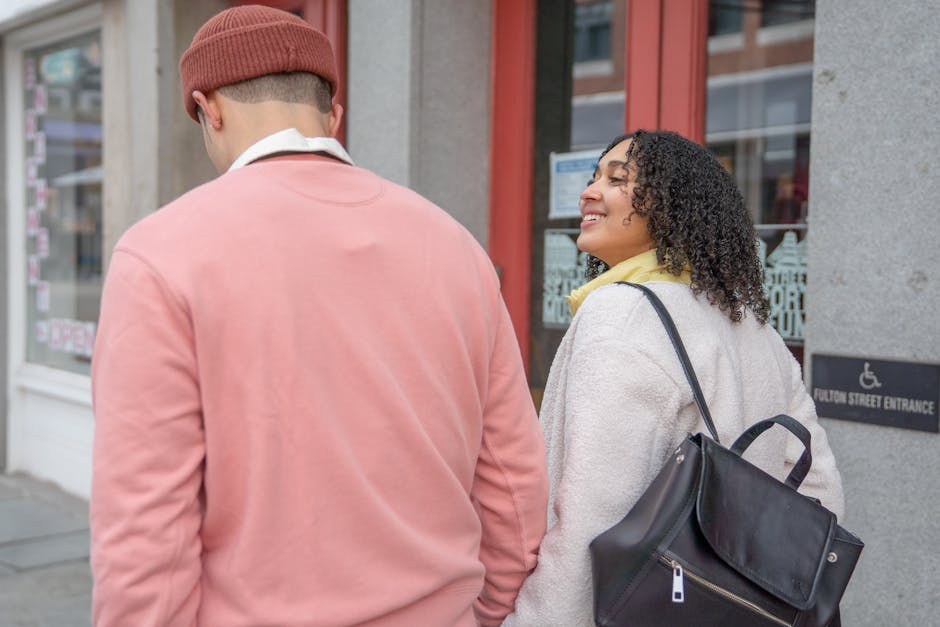Unreturned affection can feel like a slow leak in your spirit – quiet at first, then suddenly all-consuming. When the person you treasure doesn’t match your feelings, hope competes with reality and everyday moments become heavier than they should. This is the landscape of one-sided love, where effort, attention, and emotional investment aren’t balanced, and where your heart keeps showing up even when the other person doesn’t. When one-sided love settles in, even simple plans can feel complicated.
What it means and why it hurts
At its core, one-sided love describes a bond that isn’t mutual. You might adore a friend who only sees you platonically, pine for an ex who has built a life without you, or share a home with a partner who has emotionally checked out. The common thread is imbalance – your feelings drive the connection while the other person’s interest is faint, inconsistent, or entirely absent.
Part of the pain comes from the friction between imagination and fact – especially in one-sided love. Our minds fill gaps with hopeful stories, especially when we remember the best moments and ignore the rest. That selective recall can keep one-sided love alive long after the situation has made its verdict clear.

None of this means your heart is foolish. It means you are human. Attachments form from routines, shared memories, and the comfort of the familiar. Stepping back from a lopsided attachment requires clarity, self-respect, and gentle structure – not self-blame.
Signs your connection is lopsided
You do the heavy lifting. If you’re always initiating conversations, planning meetups, and rescuing awkward silences, you might be propping up something that can’t stand on its own – a classic pattern in one-sided love. Relationships breathe better when both people take turns leading and following.
Your joy-to-tears ratio is off. A healthy bond brings more peace than turmoil. If thoughts of this person often end in anxiety, rumination, or sleepless nights, your experience aligns with one-sided love rather than mutual care.

They’ve moved on – and told you, or shown you. When an ex introduces a new partner or clearly sets boundaries, believe them; that clarity ends the story you’ve been telling yourself. Waiting for secret signals keeps you stuck at a closed door.
Your intuition says they’ve checked out. Maybe they’re physically present but emotionally distant – short replies, vague plans, and a lack of curiosity about your life. When enthusiasm fades and effort evaporates, your heart does most of the work.
You’ve been filed under “friend.” Being valued as a friend is wonderful; being pinned there when you want more is painful. If they highlight how much they “love you like a sibling,” that’s your answer, not a puzzle to solve.

Mixed signals keep you hooked. A flirty message followed by days of silence can feel like proof that closeness is possible. In reality, inconsistency is a hallmark of one-sided love – enough crumbs to keep you near, not enough nourishment to feel secure.
Your needs rarely set the agenda. When plans always suit their calendar, preferences, and comfort, you’re orbiting their world. Mutuality looks different: you both adjust, compromise, and make space.
Affection is conditional. Their warmth appears when they want company, favors, or validation, then disappears when you need the same. Care that comes and goes like weather is not the foundation of a steady bond.
Your boundaries are tested – repeatedly. If “no” invites pressure, guilt, or silent treatment, the dynamic is skewed. Respect is nonnegotiable; without it, closeness turns into management of someone else’s moods.
Hope is doing more work than evidence. You imagine future moments that never arrive while today’s facts stay stubborn. If the story in your head is sweeter than what actually happens, pay attention to reality.
How to cope when love isn’t mutual
Recovering from a lopsided attachment is a process – not a single decision. The steps below don’t erase feelings overnight, but they restore balance, dignity, and momentum. Use them like handholds as you climb out of the spiral that one-sided love can create.
Say the quiet truth aloud. Name the situation for what it is: one-sided love. Honesty with yourself is powerful because it stops the search for hidden meanings and redirects your energy toward healing.
Share your feelings once, clearly. If it’s safe and appropriate, state how you feel and what you need. Whether they reciprocate or not, clarity dissolves the fog and removes the suspense that exhausts you – a crucial step when one-sided love has been calling the shots.
Choose facts over fantasies. List what they actually do – not what you hope they’ll do – and notice how one-sided love fades under the light of evidence. Facts anchor you when self-doubt tries to rewrite the story.
Take off the rose tint. No one is flawless. Write down traits that would frustrate you in a real relationship: flakiness, poor communication, avoidance. Seeing the whole person shrinks the pedestal that one-sided love often builds.
Give yourself permission to grieve. Mourning a future that won’t happen is still grief, and it’s a normal response to one-sided love. Tears, quiet weekends, and simple comforts are not indulgent – they are medicine for a tender heart.
Create compassionate distance. Unfollow or mute their updates, archive old chats, and remove reminders that reopen the wound. Distance is not pettiness; it’s a practical boundary that helps one-sided love loosen its grip.
Lean on your circle. Friends and family can hold space for your frustration and remind you who you are when rejection distorts the mirror – a much-needed antidote to one-sided love. Let them distract you, feed you, and make you laugh.
Reinvest the energy in yourself. Pour the time you spent checking your phone into movement, rest, and curiosity – dance classes, novels, hikes, new recipes. Self-care becomes momentum when it’s consistent, helping one-sided love loosen its narrative grip.
Reset your goals outside romance. Aim at projects that return visible progress: finishing a course, refreshing your space, or saving for a trip. Each small win rebuilds confidence that one-sided love had quietly eroded.
Reframe rejection. Their answer is about compatibility, not your value – a core truth that shrinks the sting of one-sided love. You are not everyone’s match, and that’s liberating – it leaves room for the person who will meet you halfway.
Practice boundaries you can keep. Decide what contact, if any, is healthy. Then follow through. Consistency teaches your nervous system that you’re safe without their validation.
Stop bargaining with your identity. You never need to shrink your personality, switch your beliefs, or redesign your style to earn love. The right fit recognizes you as you are.
Strengthen your self-talk. Replace “What’s wrong with me?” with “We wanted different things.” This wording loosens the shame that one-sided love often creates. Language shapes recovery; let yours be accurate and kind.
Examine your patterns. If you chase emotionally unavailable people, ask what feels familiar about the chase. Curiosity – not judgment – reveals the beliefs that keep one-sided love repeating.
Update your wish list. Get specific about mutual qualities: enthusiasm to spend time, reliability, willingness to talk through conflict – the opposite of one-sided love. Attraction matters, but reciprocity is the engine.
Ground yourself in routine. Good sleep, regular meals, and movement sound ordinary because they are – and they work. Stability calms the nervous system that turmoil agitated, and steadiness weakens the pull of one-sided love.
Let time do its quiet work. Healing doesn’t hurry; patience slowly lowers the intensity of the attachment. Measure progress by fewer compulsive checks, shorter waves of sadness, and more mornings that feel light.
Notice the love you already have. Pets, siblings, mentors, and friends offer a web of care that is wonderfully two-sided – a living counterexample to one-sided love. Training your attention here softens the ache and widens your world.
Keep your heart available, not parked. Staying stuck for someone who won’t show up blocks the path for someone who will. Openness is not naïveté – it’s confidence that you deserve a mutual bond.
Why walking away is an act of respect
Ending or stepping back from a lopsided bond is not proof that you failed; it’s proof that you honored the truth about one-sided love. When you stop feeding a connection that can’t reciprocate, you reclaim time, attention, and self-trust. You also send a clear signal to yourself: your feelings matter, and they belong in a place where they are returned.
There is life beyond the pull of one-sided love – and it’s wider than it looks from inside the moment. As the noise quiets, you’ll notice what you want in full color – shared curiosity, consistent effort, and easy laughter. You will also notice how much energy returns when you are not reading between the lines. From there, mutual affection is no longer a fantasy; it becomes a standard you won’t compromise.
Love is at its best when both people show up with open hands, ready to give and receive. If you recognize the signs here, begin the gentle work of untangling yourself and building a life that makes room for reciprocity. Your future self – steadier, lighter, and loved back – will be grateful you began.